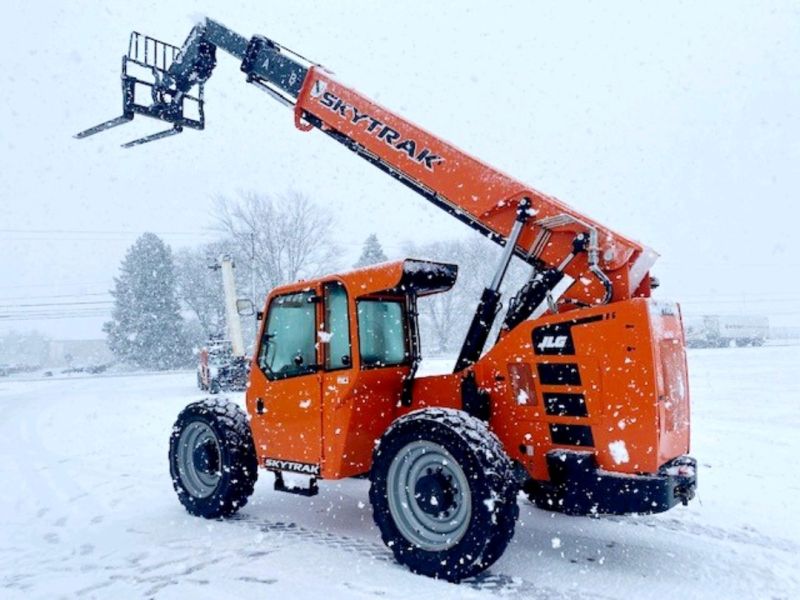Andrew Johnson|

While there are many factors that help determine which forklift is right for your job, capacity should be at the top of your priority list. The data plate on your forklift provides helpful details, but it doesn’t tell the entire story. For example, if the plate says its rated capacity is 12,000 pounds, that doesn’t always mean you can lift any load up to this amount. You must also consider:
With knowledge of these factors, you can then calculate the true capacity of your forklift. Here’s how all these pieces of information work together.
It doesn’t matter if you call it load capacity, net capacity, or rated capacity—these terms all mean the same thing. There is a maximum weight a forklift can raise at a specified load center.
The words “load center” are important to note, as a forklift cannot lift to its maximum capacity with a load that’s off-center. The load center is defined as the horizontal distance from the vertical face of the forks to the center of gravity of the load.
Rated capacity and net capacity appear to be the same number, but that’s not necessarily true.
Rated capacity refers to the maximum weight on the data plate. This number can vary greatly from model to model, with capacity typically falling between 3,000 and 158,000 pounds.
Net capacity, also known as payload capacity, is the actual weight the forklift can carry. It takes into consideration attachments, forklift weight, mast type, and any modifications to the vehicle.
Answering this one question will help you understand what type of forklift to choose. Generally, it’s best to err on the side of caution. If your typical load size is 5,000 pounds, a forklift with a rated capacity of 5,000 pounds is probably too small. Move up a step, such as a rated capacity of 7,500 pounds.
If you’re only using a forklift to move items on the ground, this question won’t influence your selection. However, if you need a vehicle to lift your loads, such as in a warehouse setting, only certain options will work.
Lifting capacity and maximum load height should both drive your decision.
Just the same as weight, the length of your load will impact the forklift that you buy or rent. Length affects the load center, so it will influence how much weight your forklift can safely lift and carry without tipping.
Attachments must be taken into consideration when calculating net capacity. If you don’t use them, you can skip over this question. However, if you often use accessories while lifting, you must understand their impact on capacity. Common attachments include:
Attachments often project the load further out from the body of the lift, which can change the machine’s center of gravity. This means you’ll need to plan for less weight capacity, even if the attachment improves your reach and lift.
With all this information, you now have a clear idea of how to determine the forklift capacity you need. Browse our inventory of new forklifts to benefit from the most advanced features. Our lineup of used forklifts makes it easy to get reliable equipment for a price that fits your budget. We provide information about each unit’s capacity requirements, so you can make an informed decision and contact our sales team to learn more.